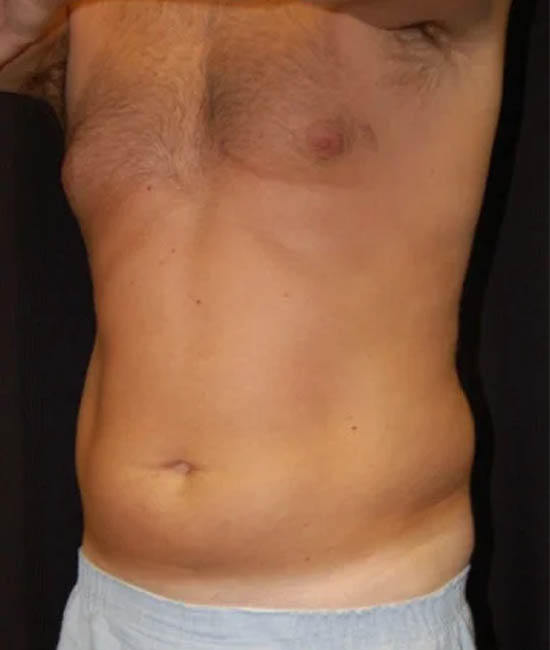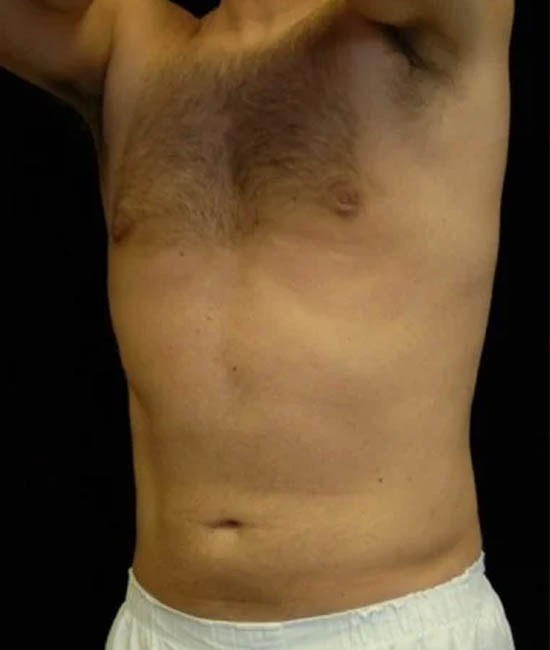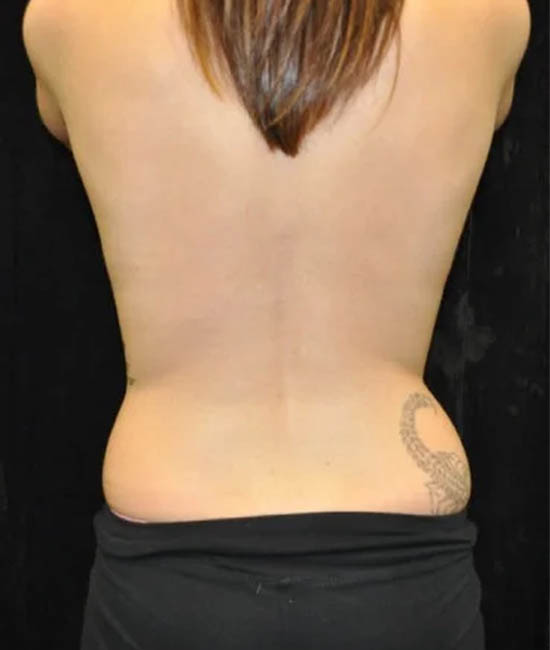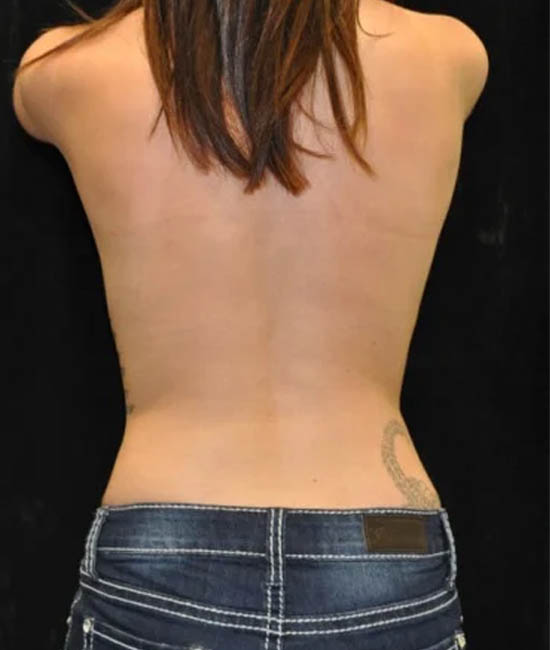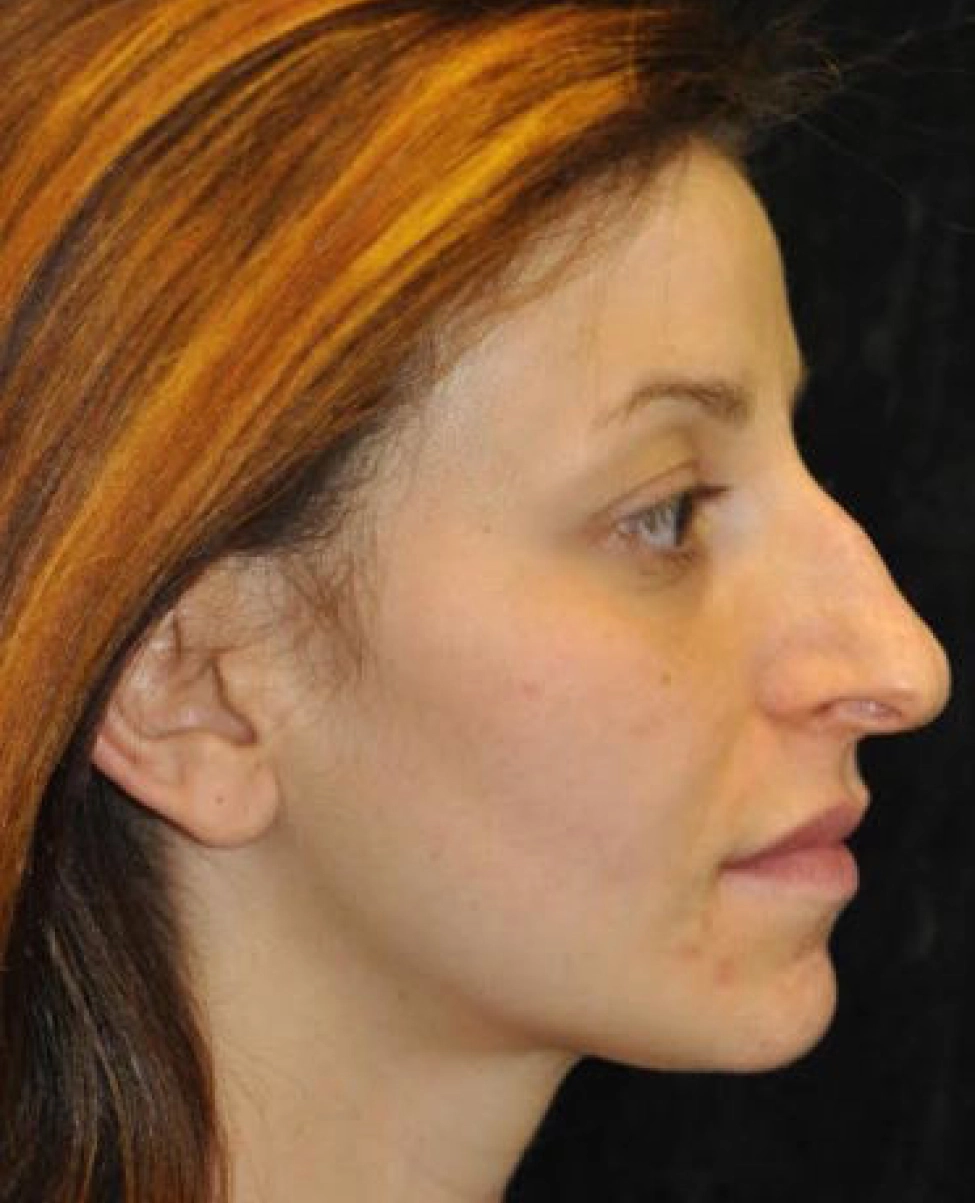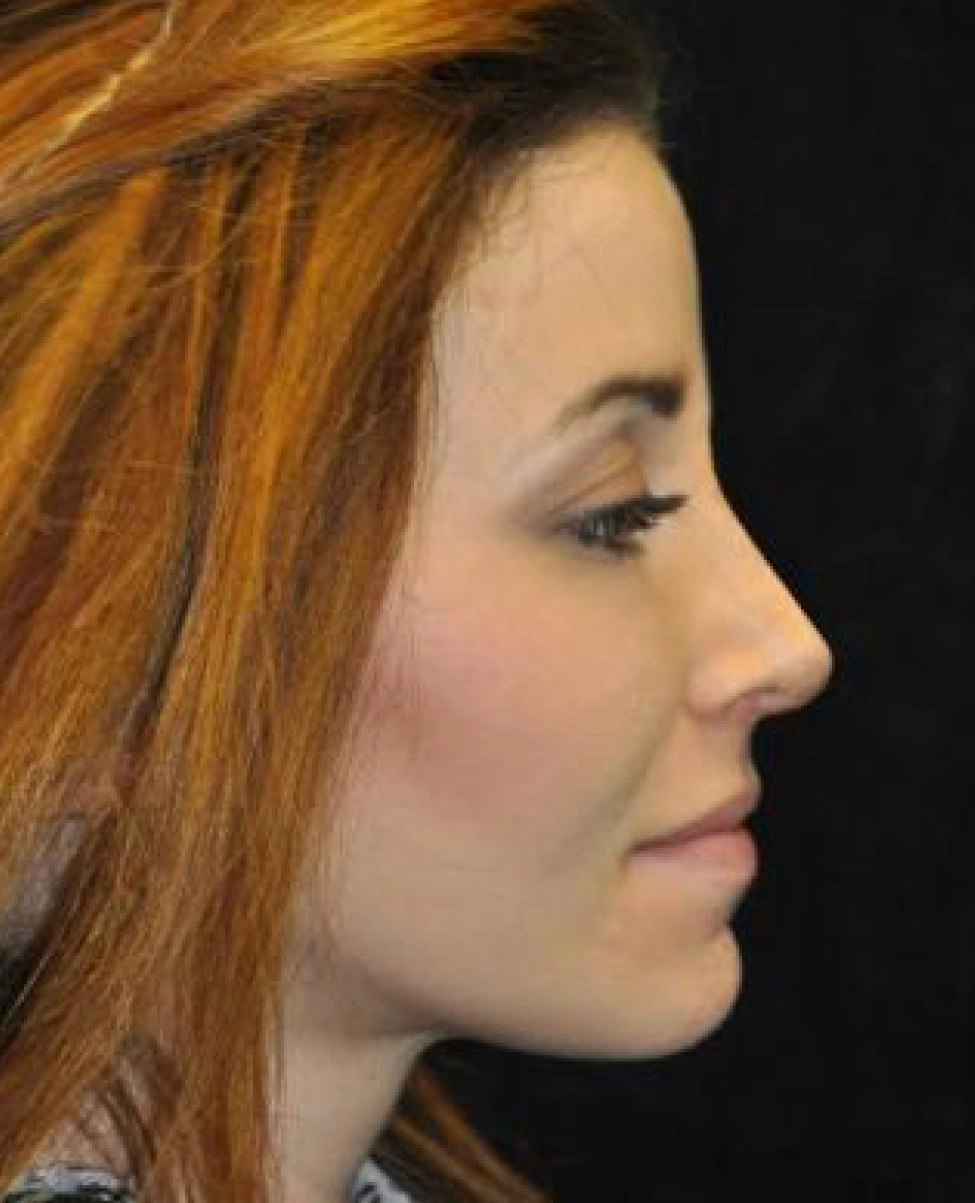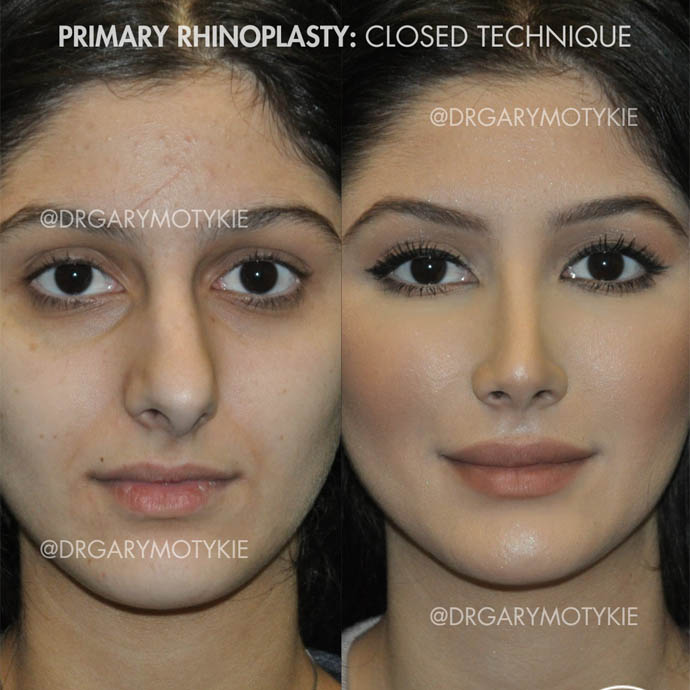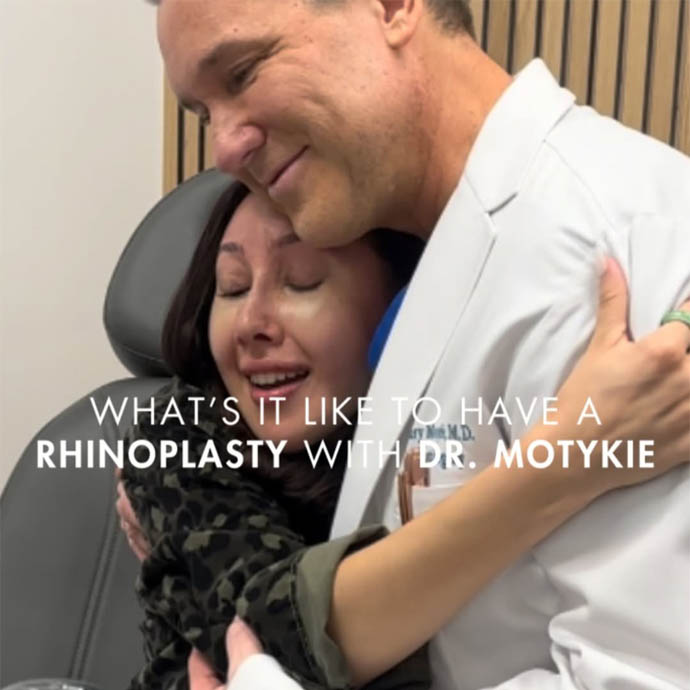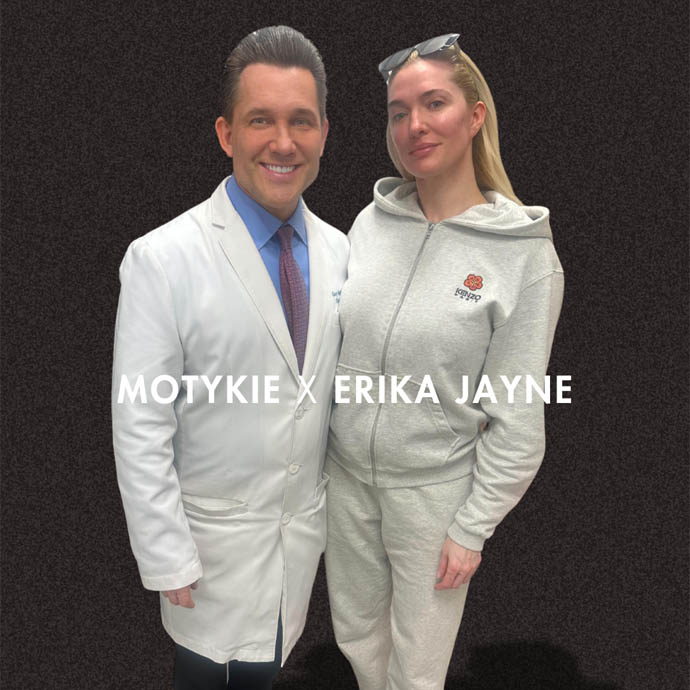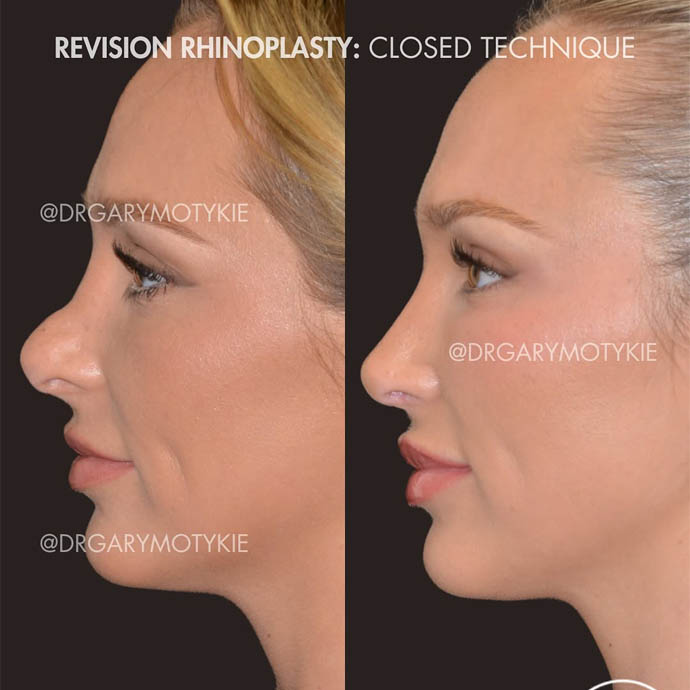NIGHT AFTER SURGERY
Temporary bruising, swelling and numbness are common the first night after surgery. The local anesthesia injected with the tumescent solution during you liposuction procedure will remain for 12 to 24 hours following liposuction surgery that will help to minimize your immediate post-operative discomfort.
You may experience some oozing of fluid (Fruit juice in color) from the small access point incisions overnight. This is completely normal so please do not be alarmed or concerned. The fluid is not actual bleeding but rather it is some of the remaining tumescent fluid that was placed during your surgery. Some of this fluid is expected to leave your body after the surgery and it will generally stop sometime overnight. You may need to go to the bathroom frequently during the night because of the IV fluids you were given during your liposuction surgery. Drink a lot of fluids in order to keep up with this fluid loss. As your body begins to balance itself out, it will rid itself of this extra “water weight and everything will return back to normal.
ONE DAY AFTER SURGERY
The next morning following your surgery, you will return to Dr Motykie’s office for your first post-operative visit. You should leave all garments and dressings intact overnight and until you reach the office the following morning. Upon arrival to the office you will be escorted to a private examination room where your dressings will be changed and your operative sites will be evaluated. After your examination, you will be placed back into your compression garment and you will be allowed to return to your recovery retreat or back to your home. All of your questions will be answered and you will be given instructions for the following week.
ONE WEEK AFTER SURGERY
The results of your surgery will typically be obscured by swelling and bruising at one week after surgery. In fact, you may even notice during the first week or two after your surgery that your weight has actually increased and some of your clothes may feel even tighter than they did before surgery. Do not be alarmed, this is completely normal and is due to swelling and added water weight. It is a well-known fact that “fat floats” since it is less dense or “lighter” than water. After surgery, the fat that was removed by liposuction is often temporarily replaced with “swelling” (i.e. water). All of this water adds temporary extra weight and volume to your body. For this reason, during the first week after your surgery you will notice yourself going to the bathroom frequently until your body begins to slowly reach equilibrium and shed all of the extra “water weight.”
Even though most patients can return to work and drive their own vehicles within a few days after surgery, you may still need someone to drive you to your first few post-operative visits. If you are in good physical condition, your recovery from liposuction may be somewhat easier and quicker because I find that physical activity after liposuction tends to promote healing, improve bruising and reduce swelling. In regards to an exercise program, use common sense and use pain as your guide; if it hurts, simply don’t do it! If you are returning to some exercise, whether sit-ups or weights, and it is still very sore, then I would advise you to wait several more days or possibly even a week until returning to the same activity. When you return to the activity, start at half speed and increase to your normal routine as long as you do not feel any pain during and/or the day after your workout. Although exercising will not adversely affect your end result, it may temporarily cause more swelling after the exercise that will subside over the next few hours. The majority of my liposuction patients are back to their regular workout routine within a couple of weeks after their surgery.
Each surgeon has his or her preference and philosophy in regards to wearing compression garments after a liposuction procedure. The purpose of wearing a compression garment after your liposuction procedure is to minimize bruising and swelling during your recovery process.
Dr Motykie prefers his post-liposuction patients wear compression garments full-time, 24hrs/day, for the first 7 days, followed by 12-16 hours a day for the subsequent 7 days. Wearing the compression garment for longer than the necessary amount of time can lead to unevenness or “creasing” of the skin in certain areas and should be avoided for periods of time longer than the initial two weeks after surgery. After this, some patients like the support offered by a light compression garment such as spanks or spandex clothing for an additional week.
Some post-operative patients may notice bruising for several weeks after liposuction. It can take anywhere from a week to several weeks to go away completely, but in almost all instances it is harmless and is not a cause for concern. Sun exposure to the bruises can promote darkening of the areas and delay the lightening process.
ONE MONTH AFTER SURGERY
If you are still feeling a bit tired during this time don’t worry because it will take a few weeks or months to feel completely like yourself again after surgery. Depending on the amount of physical exertion required to perform your expected duties, you should already be back into your normal rhythm at work. Post-operative swelling can last for several months and many patients may actually increase in weight over the first month after surgery due to swelling and retained “water weight.” Don’t worry, this weight gain and swelling is only temporary and it will begin to drop off as the healing process progresses. Sometimes small inflammation nodules can appear around this time. Typically, these will tend to soften and go away on their own but massaging the area yourself and/or undergoing Ultrasound or Endermologie treatments can hasten the process.
Vigorous exercise and workout routines may begin at this point in your recovery process. Pain is your ultimate guide and any activity that is causing discomfort and/or pain needs to be avoided until further along in your recovery process. During this period, the areas of liposuction may continue to have some temporary numbness that will return to normal sensitivity slowly over time. Lastly, as sensation begins to return some patients experience an “itchy” sensation as the nerves begin to “wake up.” This itching is completely normal and it is often relieved with an over the counter anti-histamine such as Benadryl or Claritin.
Over the next several months many of the benefits of your body contouring surgery will begin to materialize. You will notice your body shrinking, your swelling decreasing and your weight dropping. Expect some days of tiredness and recuperation as your body continues to heal from surgery. This period is often called the “rollercoaster” time period because you will go through mixed emotions of excitement, frustration and happiness as you come to grips with your new body and the overall recovery process. Almost all patients go through this period of discovery, learning and healing. You must keep looking forward and realize that over the next several months you will begin to enjoy your new body and its dramatic transformation from surgery.
